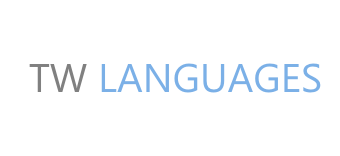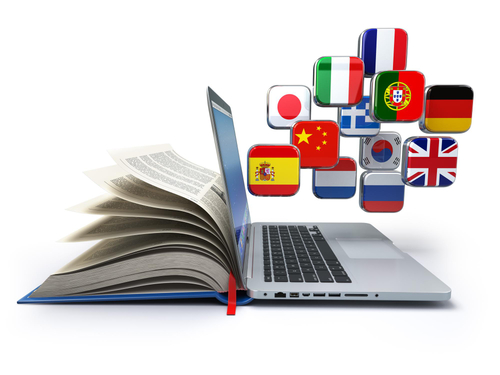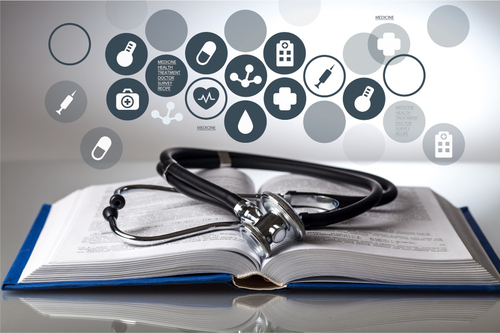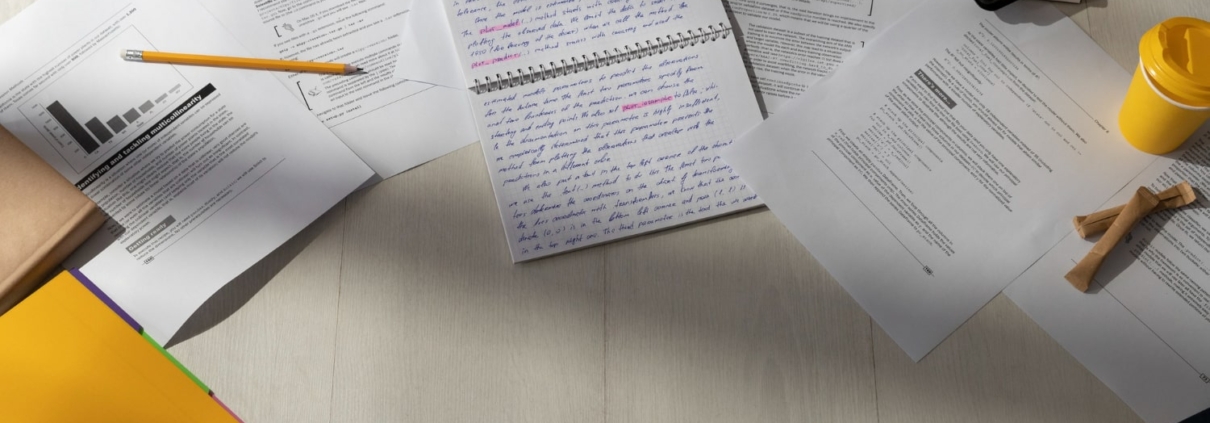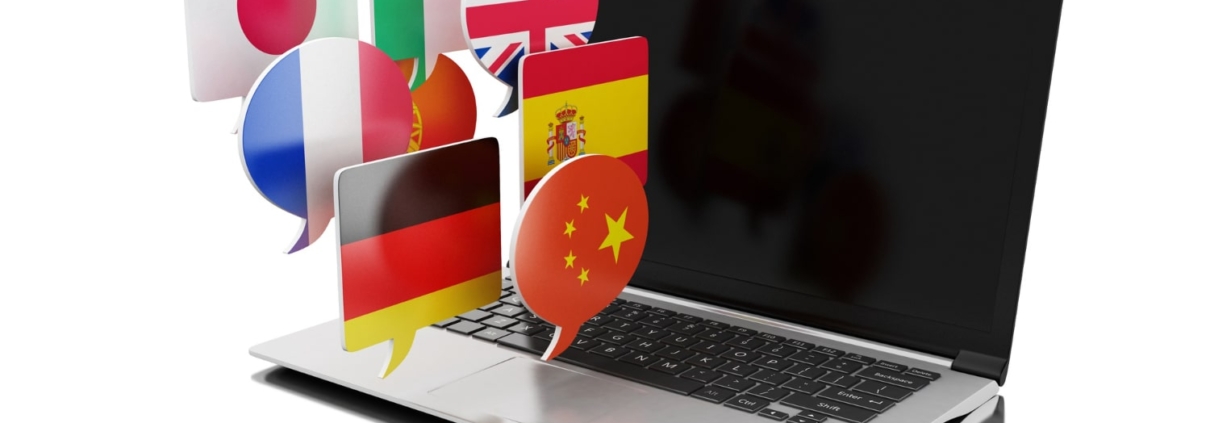UK Medical Translation| Ensuring Accurate Healthcare Communication Translation
In today’s multicultural and diverse society, effective communication is crucial in every aspect of our lives. However, when it comes to healthcare, clear and accurate communication becomes a matter of life and death. One significant challenge that healthcare providers face is language barriers. To bridge this gap and ensure the best possible care for all patients, healthcare communication translation plays a pivotal role. In this blog post, we will explore challenges and best practices for healthcare communication translation and its impact on patient outcomes.
Understanding Healthcare Communication Translation
Healthcare communication translation refers to the process of translating medical information, documents, and conversations from one language to another in order to facilitate effective communication between healthcare providers and patients who have limited proficiency in the language used in the healthcare setting.
Accurate healthcare communication translation is crucial for ensuring that patients fully understand their medical conditions, treatment options, medication instructions, and other important healthcare information. It helps bridge the language barrier and enables healthcare providers to deliver quality care to patients from diverse linguistic backgrounds.
Professional medical interpreters play a vital role in healthcare communication translation. They possess the necessary linguistic skills, cultural competence, and knowledge of medical terminology to accurately convey information between healthcare providers and patients. These interpreters ensure that the intended meaning is accurately translated, reducing the risk of miscommunication and improving patient outcomes.
Overcoming Challenges in Healthcare Communication
The challenges of healthcare communication translation can vary depending on the specific context and individuals involved. Here are some common challenges that healthcare providers and patients may face:
- Language Barriers: Language differences between healthcare providers and patients can hinder effective communication. Misunderstandings, misinterpretations, and incomplete information may occur, leading to potential medical errors or inadequate care.
- Cultural Differences: Cultural nuances and differences in healthcare beliefs and practices can pose challenges in healthcare communication translation. Understanding and addressing these cultural differences is crucial for providing culturally sensitive care.
- Technical Terminology: Healthcare terminology can be complex and specialised. Translating technical medical terms accurately and conveying their meaning in a way that patients can understand can be challenging.
- Limited Resources: Healthcare organisations may face resource constraints when it comes to translation services. Limited availability of professional medical interpreters or translation tools can impact the quality and timeliness of healthcare communication translation.
- Time Constraints: In urgent or time-sensitive healthcare situations, there may be limited time for thorough translation. Quick and accurate translation is crucial to ensure timely and appropriate care.
- Legal and Ethical Considerations: Healthcare communication translation must adhere to legal and ethical standards, including patient confidentiality and privacy. Translators must handle sensitive medical information with care and maintain confidentiality.
Addressing these challenges requires a collaborative effort between healthcare providers, professional medical interpreters, and translation service providers. It is important to prioritise accurate translation, cultural competence, and the use of appropriate resources to overcome these challenges and ensure effective healthcare communication for patients with limited proficiency in the language used in the healthcare setting.
The Best Practices for Healthcare Communication Translation
When it comes to healthcare communication translation, there are several best practices that can help ensure effective and accurate communication between healthcare providers and patients. Here are some key practices to consider:
- Design for Translation:
When creating healthcare materials, websites, or digital content, it is important to design with translation in mind. This includes considering factors such as layout, imagery, and language choice to facilitate easy translation and localization.
- Use Plain Language
Utilise plain language principles when communicating medical information. This involves using clear and simple language that is easily understood by patients with varying levels of health literacy and language proficiency.
- Collaborate with Professional Translators
Work with professional translators who have expertise in healthcare terminology and cultural nuances. Professional medical interpreters can accurately convey medical information and ensure that translations are precise and culturally sensitive.
- Leverage Technology
Take advantage of technology tools and resources that can facilitate healthcare communication translation. Language translation apps, video interpretation services, and multilingual platforms can help bridge the language gap and enable real-time communication.
- Consider Cultural Competence
Recognize the importance of cultural competence in healthcare communication. Understand the cultural backgrounds, beliefs, and practices of patients to provide more personalised and effective care. This includes being aware of cultural nuances in language and communication styles.
- Ensure Accessibility
Ensure that medical communications materials and platforms are accessible to individuals with limited English proficiency (LEP). Consider accessibility guidelines and standards to make information available to all patients, regardless of language proficiency.
- Tailor Communication to Audience
Consider the specific needs and preferences of the target audience when medical communications. Tailoring the message to the cultural and linguistic background of the patients can enhance understanding and engagement.
- Continuously Evaluate and Improve
Regularly assess the effectiveness of healthcare communication translation efforts and seek feedback from patients and providers. This allows for continuous improvement and refinement of translation practices.
By following these best practices, healthcare providers can overcome language barriers, improve patient-provider interactions, and ensure that all patients receive the highest quality of care, regardless of their language proficiency.
TW Languages| Your Pathway to Clear and Accurate Healthcare Communication Translation
TW Languages as a medical translation company, has an excellent team of translators, ready to quickly respond to your requirements. Our translators are not just professional in-country translators, they’re also qualified and experienced in your particular field. Our medical translators are fully aware that accuracy is vital, particularly when translating instructions for medical professionals or patients, where a lack of clarity can have very serious consequences.
We offer medical translation services that cover a wide range of documents, including:
- Advertising materials and brand promotion
- Clinical study and research documentation
- Equipment manuals and instructions for use (IFU)
- Labels and packaging text
- Medical charts
- Medical insurance documents
- Medical records
- Patents
- Patient consent documentation
- Patient diaries
- Patient outreach documents
- Technical data sheets
- Training documents and records
Enhance Patient Care with TW Language’s Medical Translation Solutions – Get Started Now!
